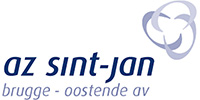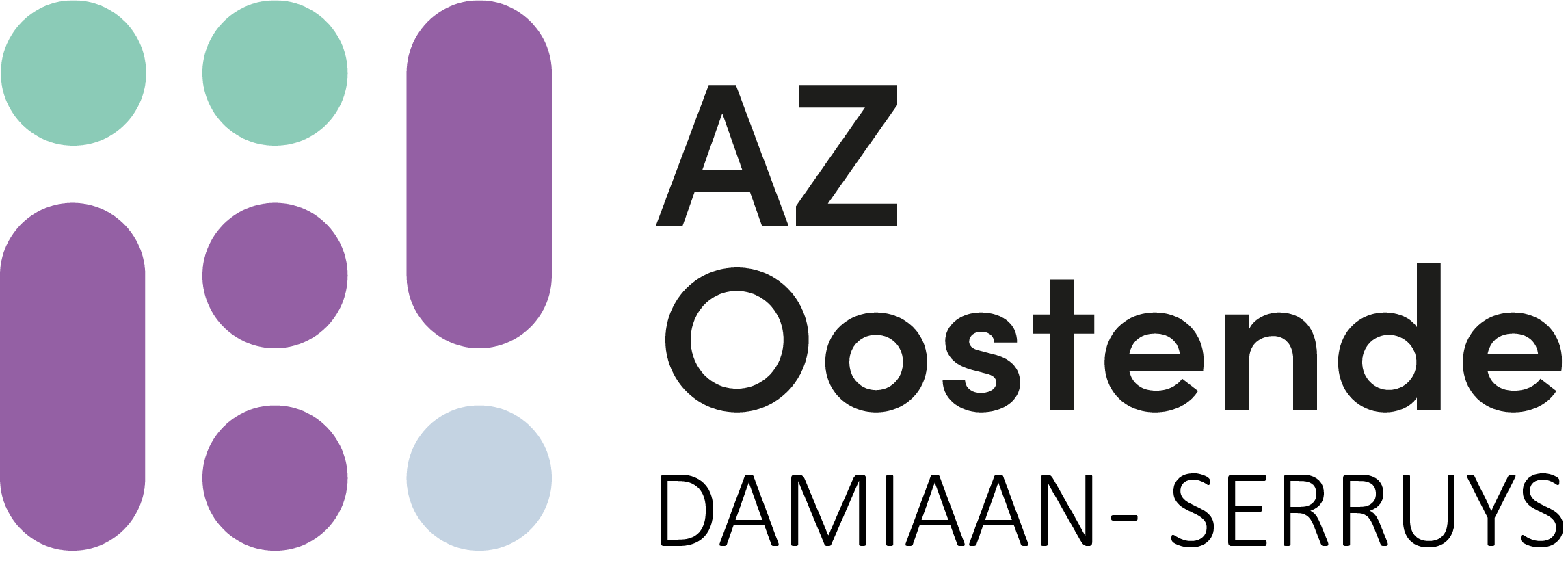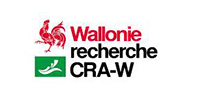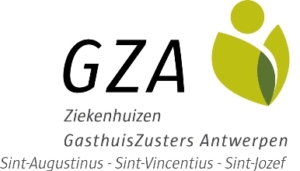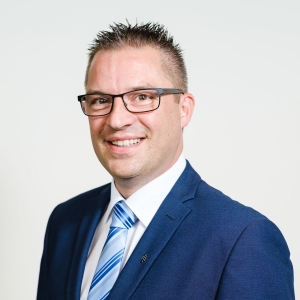Traceability is becoming more and more crucial in a hospital environment. But finding the right tools to guarantee this for surgical kits in an operating room turned out to be no easy task for AZ Sint-Jan. They nevertheless got the job done, thanks to the right technology from – and the close collaboration with – PHI DATA.
AZ Sint-Jan Brugge-Oostende AV is an autonomous care facility that aims to provide high-quality, humane and affordable care. The hospital has 1,221 beds spread across three campuses: Sint-Jan campus and Sint-Franciscus Xaverius campus in Bruges, and Henri Serruys campus in Ostend. More than 300 doctors and 3,000 other staff work hard every day to provide meticulous and highly specialised care. A wide range of medical, nursing and paramedical disciplines are available to more than 300,000 patients for basic care all the way to highly specialised care.
One of the consequences of merging the three campuses is a major need for standardisation in order to be able to work efficiently across different departments. A reference project in that respect is the modernisation of the electronic patient record (EPR), which is intended to lead to better information sharing for relevant patient data across all campuses.
In search of a suitable solution for a highly specific environment
But in other respects also, AZ Sint-Jan aims for a uniform and forward-looking digital environment, whereby the right technology is what makes the difference for the care providers. This was why they were also looking for a solution to improve the traceability of surgical kits (a surgical kit contains all the necessary instruments for an operation), so it would always be possible to check which patient was treated with what equipment in the event of questions or problems. “We did have an early in-house solution, but this wasn’t suitable for use in operating rooms. Highly irritating for an application that was supposed to reduce administration in exactly that place,” explains Jan Suykerbuyk, IT business application manager at AZ Sint-Jan, “so that’s why we went in search of a solution that could support the care providers in the way it should.”
In the first instance, the hospital went in search of a scanner suitable for recording the necessary information about the surgical kits used in this highly specific environment. “Because PHI DATA was an old acquaintance of the hospital, we decided to consult them as well,” says Jan Suykerbuyk, “and they responded with a pleasant surprise: not only could they supply us with the right hardware, but the intelligence necessary in that hardware to simplify the recording process as well, including sending this information over FTP to a specific file, which can be fed into the existing electronic patient record and processed after validation.”
Fast and flawless? It’s doable, with the right experience and mindset
Once the choice had been made to use PHI DATA, the implementation needed to move quite quickly. “We wanted to get the solution up and running before the next accreditation, so we could prove all the more how much we’re future-proofing our hospital,” explains Jan Suykerbuyk. “And PHI DATA did everything necessary to help make this rapid pace possible: development within a month, devices delivered after four weeks, our feedback on the first working version processed within two working days … To summarise: nothing could go wrong with this tight timescale, and PHI DATA, with its broad knowledge of the healthcare sector, helped to ensure an immaculate trajectory.”
The constructive collaboration as genuine partners searching for a pragmatic solution to a specific problem together definitely contributed to the success too, according to Jan Suykerbuyk.
Robust, damp-proof, user-friendly and precise
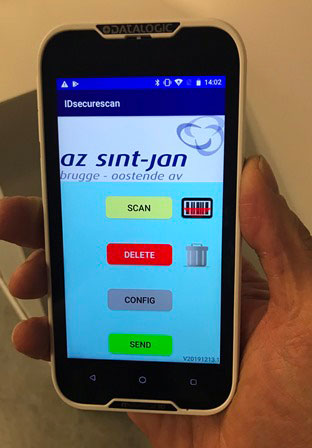
The end result meets the expectations perfectly. The hardware is a robust, damp-proof, ergonomic hand-held scanner that functions perfectly in an operating room. “You’d think that should be obvious, but actually that damp-proof aspect really fell short with some of the other solutions proposed, for example,” explains Jan Suykerbuyk further.
The scanner built into the hand-held device does exactly what it needs to, Suykerbuyk continues: “The device is similar to a smartphone, which you use to scan in what needs to be recorded: first to identify the patient and next the surgical kit.” The built-in intelligence ensures that the care providers cannot make mistakes with this: if they scan product information instead of patient information, it automatically plays an error sound so they can immediately correct this. This saves on extra administration in sorting out mistakes later on. “Scan, scan and send: there’s nothing more to it,” Jan Suykerbuyk says in summary, “but this makes a world of difference to simplifying our administration.”
Hardware that supports, not obstructs
“Not only is the solution suitable for the environment and intuitive for the user, but there’s consideration for the future too,” adds Jan Suykerbuyk. “With the open standards and interfaces of the solution that PHI DATA built for us, integration with any other software is also possible.”
The solution’s ease of use also got the hospital thinking about other future applications. Jan Suykerbuyk: “If it’s actually this easy for us to bridge the gap between a demanding physical environment like the operating room and the digital infrastructure, then there should be ways of adding value in other parts of the hospital too. I’m thinking about linking patient information to the medication or implants used for this patient. PHI DATA brought the first mobile device that can be used for a variety of applications to our hospitals, and we quite possibly don’t realise even half of what could be possible with this.” After all, the hand-held terminal now in use has everything needed: computer, software, apps, database, WiFi, touch, calling, etc. These multi-functional devices are truly revolutionising the way in which AZ Sint-Jan experiences such technology, says Jan Suykerbuyk in closing: “The hardware used to determine what processes were possible, but now we see hardware as the support for any process we choose.”
Wim Verduyn, Business Development Manager for Health & Care at PHI DATA, also looks back with satisfaction on the successful collaboration and the at least as successful result: “By going in search of a solution with the client, we’ve arrived at an efficient and user-friendly end product, which makes the nurses’ lives easier and has led to the achievement of the JCI certificate.”
Smart Edge put into practice
The implementation at AZ Sint-Jan perfectly illustrates the power of PHI DATA as a supplier of Smart Edge solutions. These connect the physical and digital chains at Sint-Jan and simplify the required processes. They form the “smart border” where the physical and digital worlds intersect. PHI DATA’s expertise in this world of innovative solutions for the hospital sector guarantees a service offering tailored to the hospital’s ambitions. It also ensures that these ambitions will only grow with time.
PHI DATA solutions in detail
Hardware: Datalogic Memor 10 Healthcare
Software: IDsecurescan from PHI DATA


